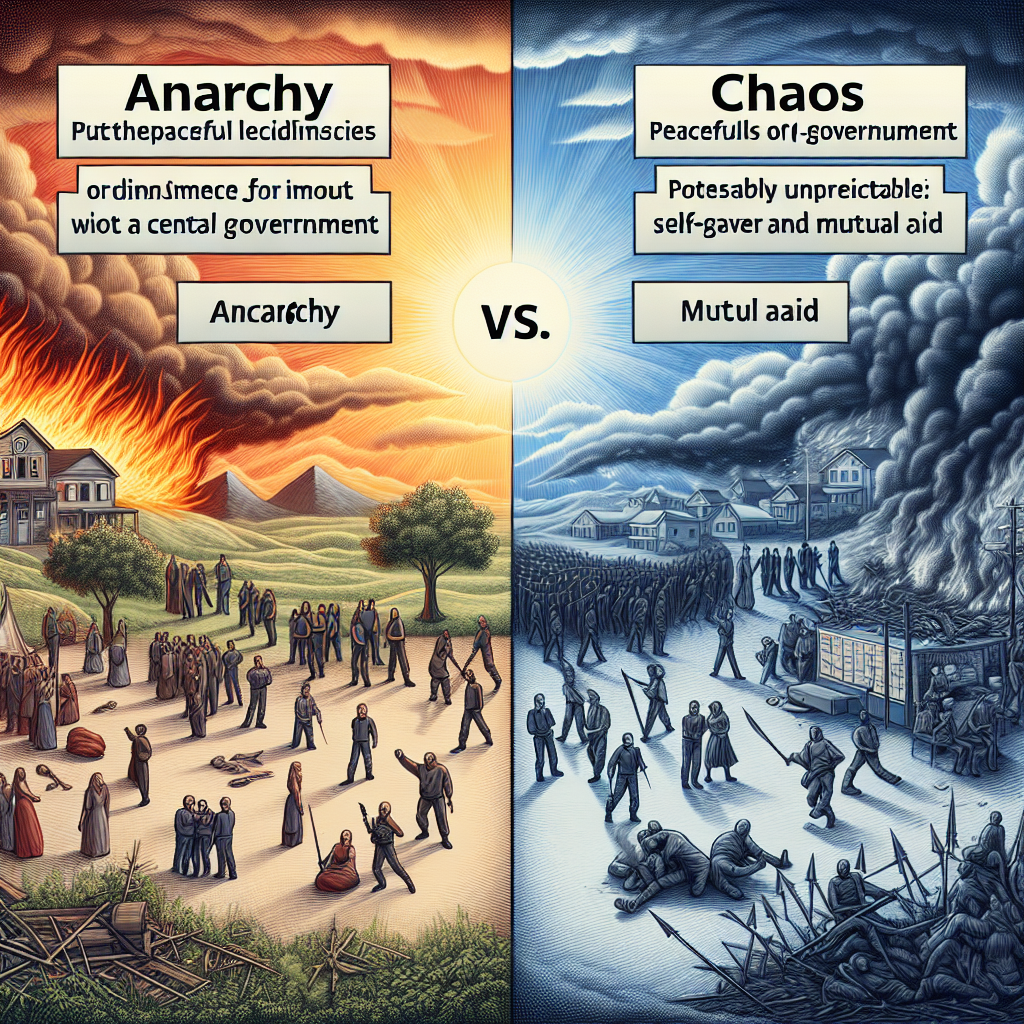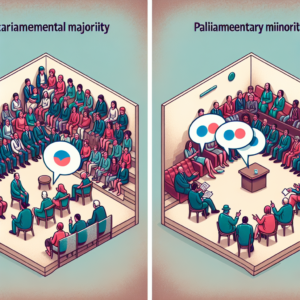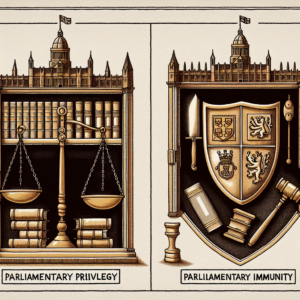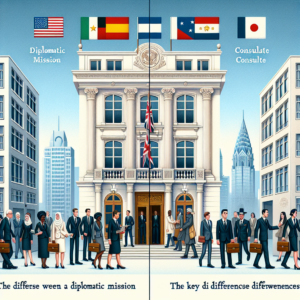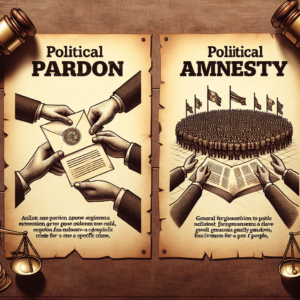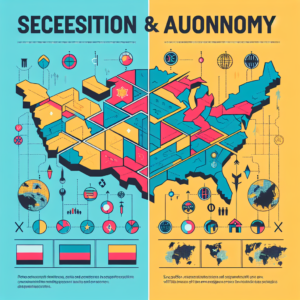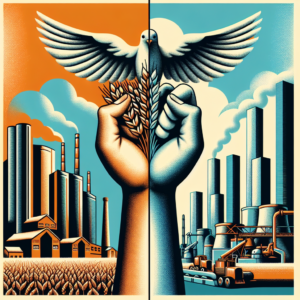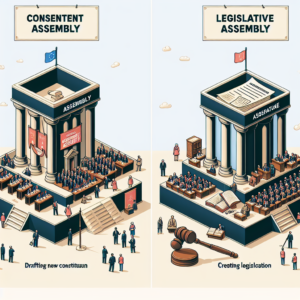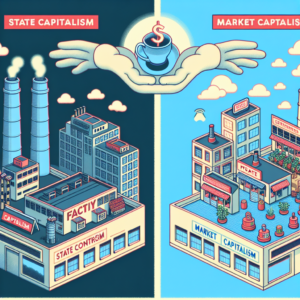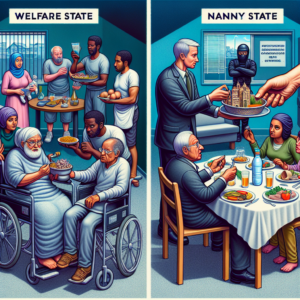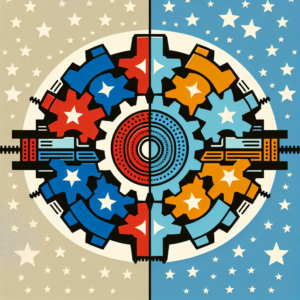Understanding political theory and social structures often involves a deep dive into the various ideologies and philosophies that inform our societies. Two terms that are often misunderstood or conflated are anarchy and chaos. While the two may seem synonymous to the uninitiated, there are distinct differences between these two concepts. So, what is the difference between anarchy and chaos? Let’s delve into each term to better understand their unique characteristics.
Exploring Anarchy: Definition and Key Features
Anarchy, derived from the Greek word anarchos, meaning “without a ruler,” is a political philosophy that advocates for a society without a publicly enforced government or a social hierarchy. Anarchists believe in a system whereby individuals, driven by a strong sense of personal responsibility, can voluntarily cooperate and self-govern without the need for a central authority. They argue that such a society can function based on mutual aid, voluntary cooperation, and direct, consensus-based democracy.
However, anarchy is not synonymous with lawlessness or disorder. While anarchists reject the concept of a state or authoritative body, they often propose alternative forms of social organization that include rules and regulations agreed upon by the community. Anarchy, then, is about the absence of imposed authority but not the absence of order. The key difference between anarchy and what many perceive as chaos is that anarchy involves a conscious and deliberate rejection of authoritative structures, as opposed to a spontaneous breakdown of order.
Chaos Unpacked: Understanding Its Distinct Attributes
In stark contrast to anarchy, chaos refers to a state of complete disorder and confusion, often resulting from a lack of control or direction. The term is derived from the Ancient Greek word “khaos,” which signifies a gaping void or abyss. In this context, chaos represents a state where no rules or system of order exist, leading to unpredictability and instability. Chaos is often characterized by rapid, uncontrollable changes, and a lack of predictability or structure.
Unlike anarchy, chaos is not an ideological or philosophical belief but a state or condition. Where anarchy seeks to replace imposed hierarchical structures with voluntary, self-governed systems, chaos typically occurs when those systems entirely break down. It’s a state of absolute lawlessness, disorder, and unpredictability. This key distinction is what sets chaos apart from anarchy. While anarchy is a deliberate choice to reject imposed authority in favor of self-governance, chaos is an unplanned state of disorder that emerges from a lack of control or direction.
Summary
In conclusion, while anarchy and chaos may seem similar at first glance, a closer examination reveals significant differences. So, what is the difference between anarchy and chaos? Anarchy is a political philosophy advocating for voluntary self-governance without a central authority, while chaos represents an unpredictable state of disorder resulting from a lack of control. Anarchy involves a conscious decision to reject authoritative structures and build alternative forms of social organization, whereas chaos is a state of uncontrolled disorder and instability. Understanding these nuances is crucial for a nuanced understanding of political and social theories.

